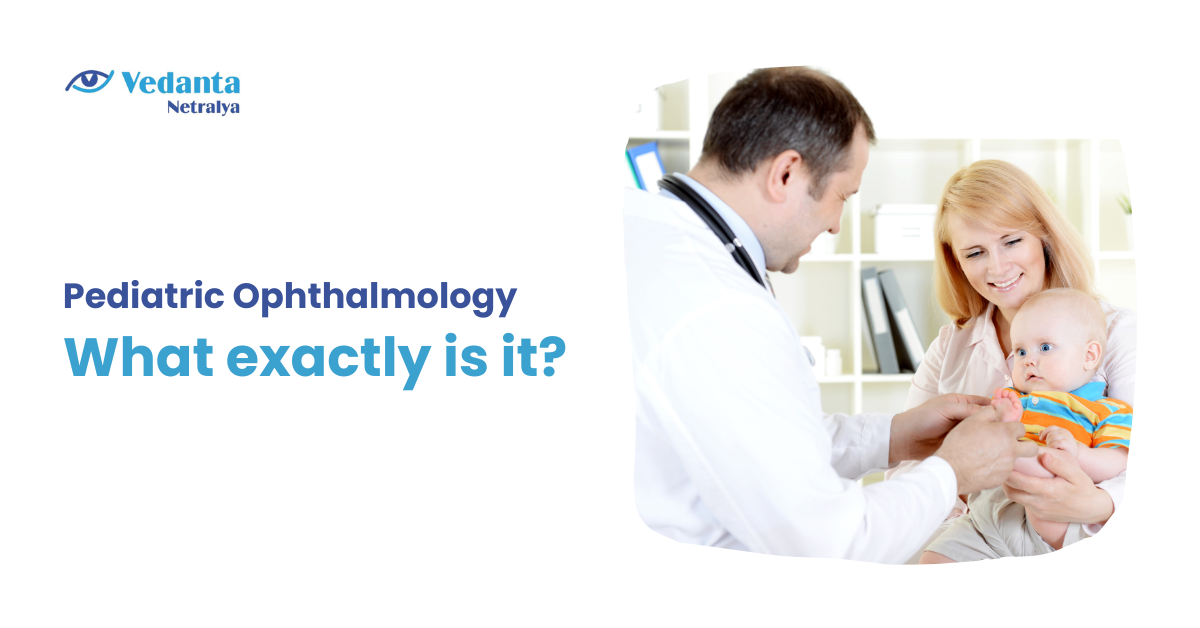
As per the American Public Health Association, one out of every twenty preschool-age children and one out of every four school-age children has a vision disorder. Simply put, it indicates that most kids suffer from eyesight problems these days. So, watching out for your children is crucial because more than half of children this age do not voice out about their discomfort. Hence, whether they express a need for it, we are responsible for taking them to regular checkups. This blog can be of help as it talks about pediatric ophthalmology.
What Is Pediatric Ophthalmology?
Pediatric ophthalmology is a branch of ophthalmology that focuses on treating children’s vision problems and eye illnesses. Childhood is a crucial time for proper eye care because many visual issues arise as the eyes develop and could impact the child’s future development.
What Is the Role of a Pediatric Ophthalmologist?
These medical professionals are experts in identifying and treating eye conditions in children. Even though all ophthalmologists have received some training in pediatric eye illnesses, pediatric ophthalmologists and best oculoplastic surgeon have more expertise and understanding in treating young patients.
What Diseases Are Treated by a Pediatric Ophthalmologist?
Strabismus
Strabismus is commonly known as crossed eyes. It occurs when the eyes are not correctly aligned and point in different directions (misaligned).
Pediatric cataracts
Cataracts can also occur in children. Cataracts cloud the eye’s lens and can occur at any age. It causes picture distortion and might result in blurred vision or blindness.
Epiphora
Congenital nasolacrimal duct blockage (NLDO), which affects 20 to 30% of newborns, is the most prevalent cause of epiphora in children. Epiphora is defined as an excess of tears in layman terms.
Blocked tear ducts
In newborns, blocked tear ducts are a very typical occurrence. A blocked duct occurs in 5 to 10% of infants, occasionally in both eyes.
Amblyopia
Reduced vision in one or both eyes as a result of abnormal vision development in the womb or during childhood is known as amblyopia. With amblyopia, the brain does not “learn to see well” because it receives a bad image from the eye.
Signs to Be Concerned About
- The pupil contains a white or yellow substance (lack of red reflex)
- Squinting
- Eyes jerking back and forth uncontrollably
- Continuous watery eyes
- Frequent rubbing of the eyes
- Crust or pus in the eyes
- Cross-eyed disorder
- Bulging eyes or drooping eyelids
- Persistent redness
- Frequent facial turning or head tilting
Read more : Paediatric Retinal Diseases Symptoms & Treatments
